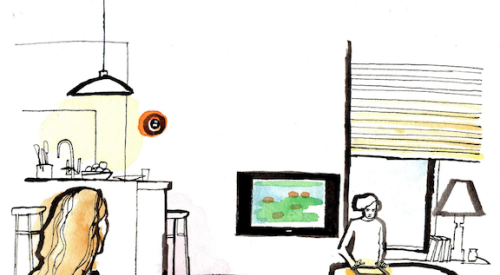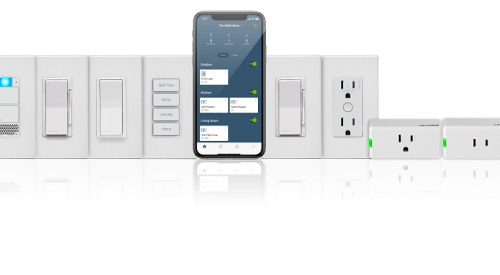| Approximately what percentage of your planned developments/communities include broadband access?
|
The list of amenities offered to lure potential home buyers continues to become more elaborate. Developers and builders traditionally rely on creative tactics to differentiate their communities and homes and attract potential buyers.
Today, more and more developers are introducing broadband to their communities, with many requiring that their residents be connected to the Internet and/or to a branded community intranet. This capability is one of the clearest differentiators between new and existing homes.
This initiative occurs most often in master-planned communities where the developer maintains a central role in planning everything from roads to broadband. In many greenfield developments, broadband connectivity is a community cornerstone. Developers are partnering with builders to ensure that the concept of advanced connectivity extends throughout the home, whether through structured wiring, wireless access or Internet appliances.
Builders take an especially active role in introducing these solutions. Compared with in-home broadband technologies such as wireless access or residential gateways, which can be introduced at any time after the home's completion, it is cost-effective to introduce structured wiring only during the home's construction, and thus builders should be aware of and on board with this solution.
The need for structured wiring has been stimulated largely by the growing presence of the Internet, the expansion of personal computers into the home and the growing sophistication of entertainment. The copper wiring installed for POTS (plain old telephone system) service in the 1950s is no longer sufficient to meet the high bandwidth requirements of these modern applications. To meet the bandwidth needs, a market has developed for the design and deployment of residential wiring solutions.
|
|
|
According to a February 2003 In-Stat/MDR survey, it is becoming common for builders and developers to incorporate these various technologies into new homes. Approximately 75% of developer respondents had introduced broadband access into at least a portion of their master-planned communities. More than 50% of respondents included broadband to every home in at least half of their developments, and more than 28% included broadband to every home in all residential developments.
Broadband-connected communities occur across the range of home prices. While these services are being implemented throughout the market in terms of price and geography, home price and location do influence the type of network implemented, whether it be FTTH, DSL or cable.
|
While the majority of developers are introducing broadband access to their communities, they do not necessarily view broadband as a critical success factor. A little more than 50% of the developer respondents that had introduced broadband were using its availability as a key promotional point in selling the community. Only 4.6% of those respondents said broadband access would be a critical factor to potential home buyers.
Similar to developers, approximately 74% of the 482 builder respondents indicated they offered structured wiring in homes they build. Nearly one-third of those respondents that did install structured wiring offered it as standard in all new homes, and an additional 20% offered structured wiring as standard in certain communities.
According to survey data, in homes priced at more than $250,000, structured wiring is included as standard more frequently. In homes priced at more than $350,000, structured wiring is standard for 33.8% of developer respondents. Developers view broadband as a competitive benefit in attracting buyers but do not heavily exploit its availability in promoting a community. Most builders, 74.1% of respondents, are implementing specialized wiring. Builders, too, are actively deploying structured wiring solutions and generally see a greater number of applications, from entertainment to networked PCs to security, that are driving demand for this solution.
Connected community: every home within a development with a high-speed connection over which any combination of data, video and voice services travels.
|
|
|
|
|
|
|










